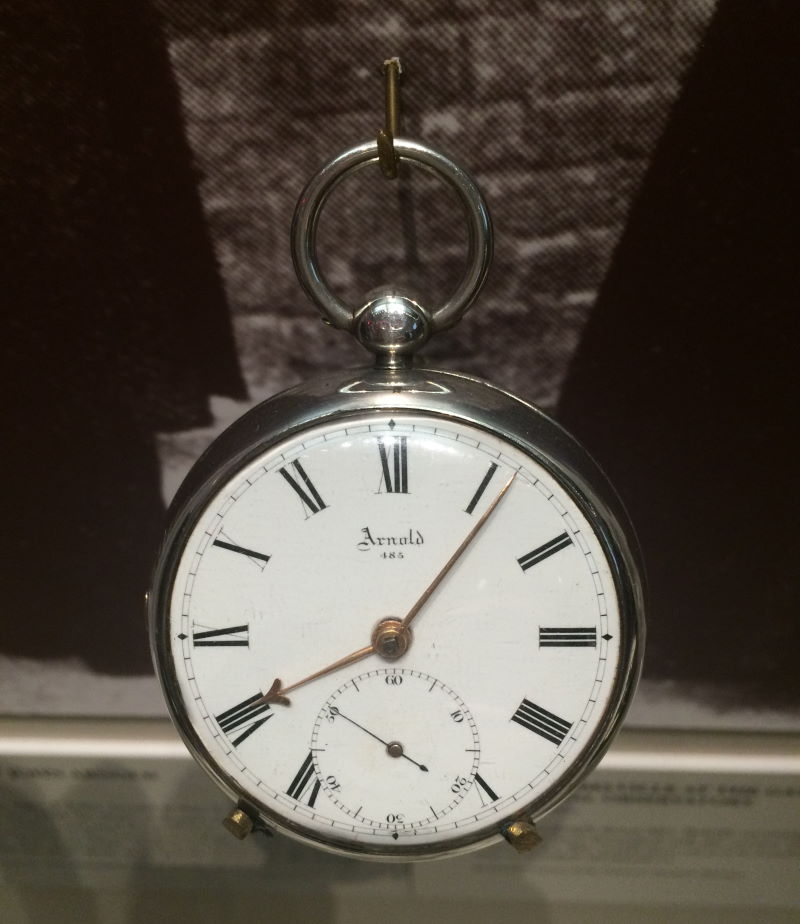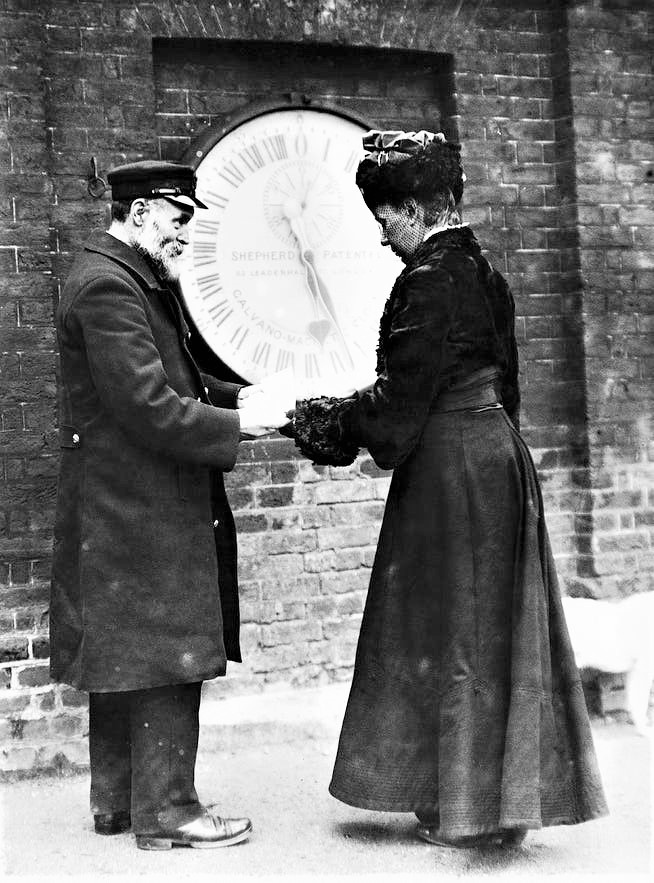After a few days, these clocks could no longer reliably tell time.
Then, the clocks had to be calibrated, usually by clockmakers.
One source of accurate time were observatories.
The time ball atop Flamsteed House at Greenwich, London.
Photo credit:Carmen Seaby/Flickr
The Royal Observatory in Greenwich was the primary keeper of time.
John Belville, an assistant at the Royal Observatory, had a plan.

Rather than having people come to the observatory, have the time go to the people.
The Belville familys pocket watch, Arnold, at the Clockmakers Museum.
It was originally made for the Duke of Sussex and had a gold case.

Maria then passed the family business to her daughter Ruth.
But homes and small businesses didn’t have in-house telegraph stations.
So they continued to rely on Ruth Belville.

Maria Belville, mother of Ruth Belville, 1892.
Ruth Belville at the Royal Greenwich Observatory, 1908.
He also implied that she might have been using her femininity to gain business.
Like her mother, Ruth Belville continued selling time until her eighties, when she retired in 1940.
In all, the Belville family business spanned 104 years, from 1836 to 1940.
It is now housed at the Clockmakers Museum in London.
